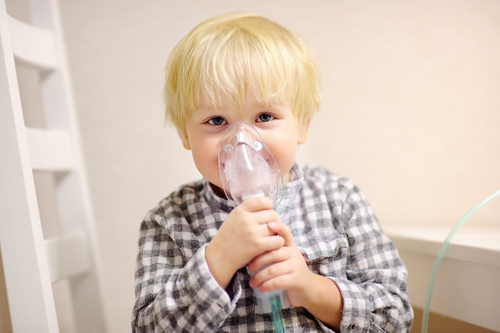Researchers Examine Risk Factors for Increased Mortality in Children with PH

Primary pulmonary hypertension (PH), age extremes (less than 6 months or older than 16 years), invasive interventions, and co-diagnoses with other severe diseases are all risk factors for mortality in children with PH who are in pediatric intensive care units, a new study shows.
The study, “Multicenter mortality and morbidity associated with pulmonary hypertension in the pediatric intensive care unit,” was published in the journal Pulmonary Circulation.
While many advances have been made in the diagnosis and management of adult PH, in children PH is still characterized by significant morbidity and mortality.
There is substantial research being conducted on adult PH. However, the cause of PH in children is very different from adults. So, pediatric-specific studies are needed to better understand PH in children.
To date, there have been no studies conducted to describe the clinical characteristics of children with PH in the pediatric intensive care unit (PICU).
Researchers set out to conduct a retrospective multicenter cohort study of 153 centers in the Virtual PICU Systems database with data from 2009-2015.
Among the 670,098 total admissions, 14,880 patients had a diagnosis of PH. Of these, 85.3 percent had secondary PH, while 14.7 percent of the patients had primary PH. Primary PH refers to the development of PH without a known cause, while secondary PH refers to development of PH as a result of other diseases.
In total, the mortality rate of patients with PH in PICU was 6.8 percent compared to 2.3 percent in patients without PH. Hence, there is a 3.1-fold higher mortality risk in children admitted with PH compared to those without.
While secondary PH was more common than primary PH among children in the PICU, patients with primary PH had significantly higher PICU mortality.
Furthermore, compared to patients without PH, those with PH tended to be younger, had longer length of stay in PICU, higher illness severity scores, and were more likely to receive invasive mechanical ventilation and cardiopulmonary resuscitation. These patients also were more likely to be co-diagnosed with sepsis (infection), heart failure and respiratory failure.
“Risk factors for mortality identified include primary PH, the extremes of age, invasive interventions, and co-diagnoses suggestive of greater illness severity” the researchers wrote.
Statistical analysis showed that factors that were significantly associated with mortality among children with PH included: An age at diagnosis of either less than 6 months or older than 16 years; the use of invasive mechanical ventilation; a co-diagnosis of heart failure, sepsis, hemoptysis (coughing up blood), blood clots in the blood stream, stroke, and; multi-organ dysfunction syndrome.
The team emphasized that “further investigation of the risk factors associated with clinical deterioration and mortality in this population could improve the ability to prognosticate and inform clinical decision-making.”







